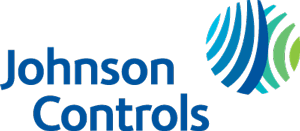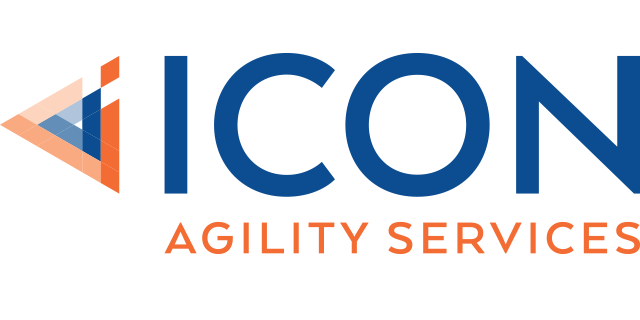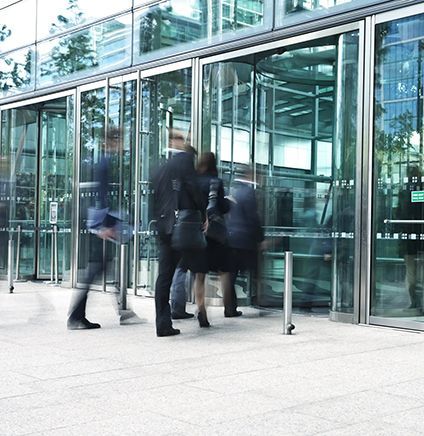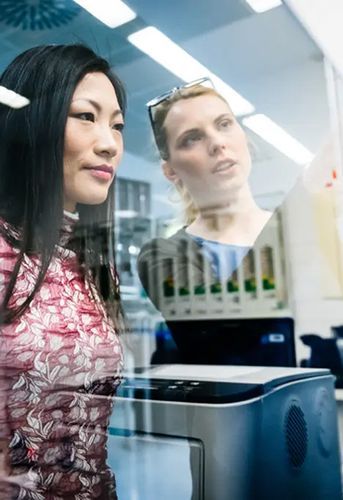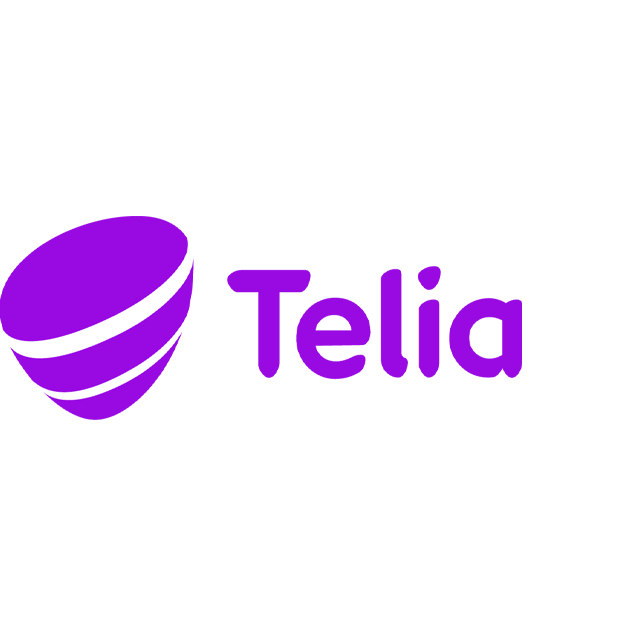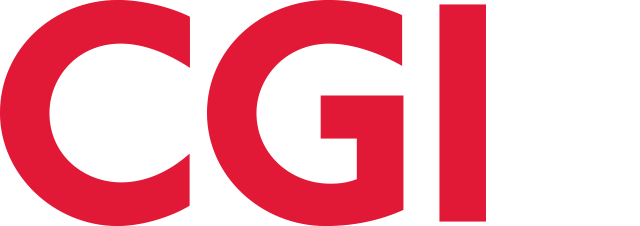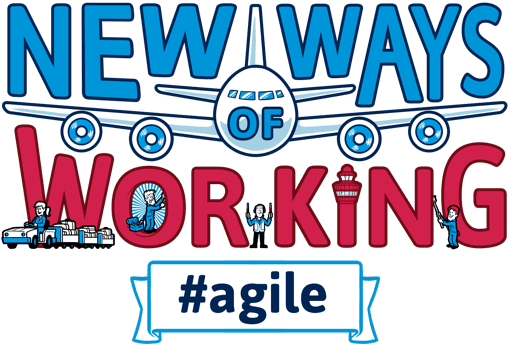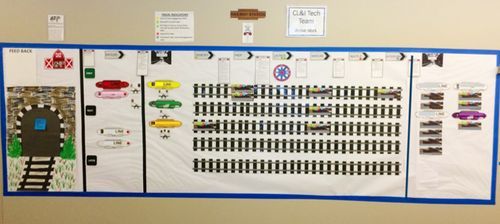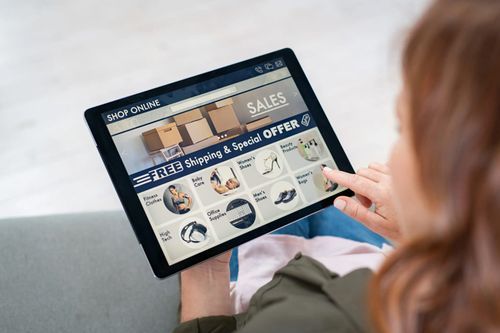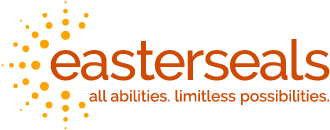
“We began seeing value within weeks or months of launching the first release train. Leaders and business owners could very quickly see we were working on the things that were important to them.”
—Jeff Hallett, VP, Product Management
Challenge:
Tighten alignment between the business and IT in order to bring mission-supporting applications to users sooner.
Industry:
Healthcare, Non-Profit
Results:
- Higher quality on a more predictable and reliable timeline
- Lower defect levels
- The highest employee engagement score in the company in the IT group
Best Practices:
- Use a ‘velvet glove’ approach – Easterseals got leaders and business owners accustomed to the mindset and practices before introducing it as SAFe, which provided low-friction engagement for business stakeholders
- Tie efforts to principles – They connected everything back to principles and shared values
- Staff smartly – They put change leaders in key positions
- Keep an eye on progress – Retrospectives with metrics demonstrated results
Introduction
Nonprofits are better known for their compassion than their innovation. But Easterseals Northern California is proving that being Agile contributes directly to its mission—to responsibly disrupt and transform home- and center-based health care.
For 90 years, the Bay Area nonprofit has been helping people with autism and other developmental disabilities address life’s challenges, achieve personal goals, and gain greater independence for everyday living.

In doing so, Easterseals Northern California administers an impressive level of care:
- 7,500 clients in an average month
- 96,000 clinical appointments per week
- 25,000 claims per week
- 1 million managed treatments a year
- 10,000 active health practitioners
To manage that volume, Easterseals depends on front- and back-office applications for clinical operations, case management, billing, and more. And it must do it all in a HIPAA-compliant security and privacy environment.
For the IT team, staying ahead of business needs has often proven daunting. In the past, staff and contracted team members across the U.S., Ukraine, and Vietnam used “scrum-like” practices, however, the different geographic groups didn’t work together or identify dependencies with other teams. And in the absence of stated priorities, teams were always tackling the most urgent ad hoc requests.
“It was a tyranny of the urgent,” explained Jeff Hallett, VP, Product Management. “Ad hoc requests were taken with no oversight or triage. We knew we needed better alignment.”
The Right Time for Real Transformation
For technology leaders, the vision was clear…
- Tighter alignment between business owners and teams
- Fewer surprises and reactive work requests
- Less work-in-progress
- More transparency
- Consistency in portfolio intake, prioritization, and backlogs
- And better accounting for capacity and business value
But the path to reach those objectives was littered with obstacles. Over the years, IT had pushed to adopt Lean-Agile practices, which included experimenting with the Scaled Agile Framework® (SAFe®). However, early efforts at applying the Framework fell short—likely due to a variety of reasons, such as lack of business support and training.
But in 2018, the timing seemed right to try again. At that time, the nonprofit was beginning the transition from paper-based processes to electronic management systems. Concurrently, leadership was pushing for decentralized decision-making and network-based management. IT leaders believed in SAFe, but this time, they would take a different approach to rollout.
“Technology leadership liked the scalability and the business engagement of SAFe, and believed that it would make a difference,” said Hallett, who joined Easterseals at that time to help drive the transformation as a SAFe® Program Consultant (SPC).
First, Cultivating Mindset
For a renewed effort at transformation, Easterseals would introduce some of the practices of SAFe to members of the business, but leave out some of the SAFe-specific terminology early on. Transformation leaders emphasized mindset—using the Agile Manifesto—to get the business on board and begin changing the culture.
Instead of training leadership immediately, the organization first began involving them in activities such as portfolio management, prioritization, and epic grooming.
Only later did they double back to train leadership and begin using terminology and practices with them. That was key to their phased, incremental approach to preparing for and holding the first Program Increment (PI).
Training started with the technology group and moved on to business roles. A few business members took SAFe® for Teams and SAFe® Product Owner/Product Manager to build understanding and excitement. When they offered SAFe® for Teams, they explained that this was the exact process they had already been following.
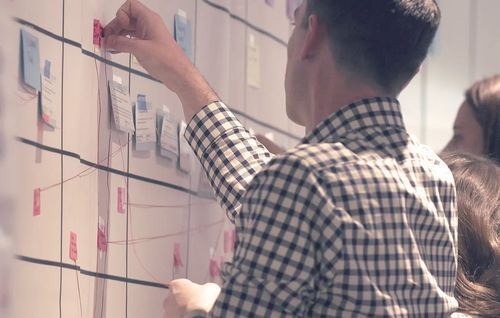
A Phased, Incremental Rollout
Easterseals took a phased approach to the SAFe transformation, like building layers of a cake. It all rested on a foundation of Lean-Agile leadership. To that end, they filled key positions with “change leaders,” which included dedicated Portfolio managers and Scrum masters.
They layered the rest on top of that firm foundation: Lean-Agile principles; teams and Agile Release Trains (ARTs) that embrace the core concepts of SAFe; cadence and synchronization; DevOps and releasability; an architectural runway; PI planning; system demos; inspect and adapt practices; and IP iterations.
To pave a path for success, they began with the Portfolio SAFe configuration to secure commitment from internal business partners, standardize requests, gather needs from the business, and analyze for value.
About 75 people joined the first Program Increment (PI) planning event, from technology, clinical programs, business excellence, and the PMO.
At that first event, some grumbled about having to spend two days away from their regular work. However, by the second PI, they were so engaged that some people said two days wasn’t enough time. From the start, progress was clear.
“I noticed an immediate benefit,” recalled Trista Travis, IT Program Manager and the nonprofit’s Release Train Engineer (RTE). “Because the second someone put a Post-It note that had a dependency up on our Program Board, they realized, ‘Oh, we really do need to collaborate across teams.’”
As teams became accustomed to the new way of working, some learned the hard way. After one team committed to 150 story points, they soon found themselves in over their heads.
“We let them get to the point where white flags were raised,” Travis said. “Then we had a session where we took a step back, erased the white board, and started figuring it out from scratch. It was a lot of making the hard choices and throwing stuff over the side of the boat.”
Today: Excitement and Buy-in from Top to Bottom
In less than a year, Easterseals Northern California has successfully changed the organization’s mindset and way of working, and started seeing the fruits of their efforts.
“We began seeing value within weeks or months of launching the first release train,” Hallett said. “Leaders and business owners could very quickly see we were working on the things that were important to them.”
They now run two Agile Release Trains and five Value Streams. They are committed to holding ceremonies on cadence. Sprint goals are aligned with PI objectives. Teams are collaborating. They regularly use metrics and retrospectives to assess progress.
As Easterseals expanded its SAFe practices, leaders found that they lacked the tooling they needed as current configurations didn’t match the new ways of working. Thus, as they established a regular cadence and ceremonies, they implemented new tooling that worked in step with their practices.
Most importantly, they’re seeing excitement and buy-in across most teams and leadership. In fact, leaders have started asking to participate more after hearing positive feedback from teams.
In less than a year, they have achieved strong cross-team and cross-Value Stream collaboration, alignment, and management of dependencies—reducing unexpected requests for the IT team.

Business partners are involved in planning and conversations from the beginning, ensuring solutions are more on the mark—upping the satisfaction in delivered solutions and increasing value delivered:
- Easterseals hit 83 percent for achieved objectives in its first PI
- 70 percent or more of the delivered story points in releases are directly traceable to items on the Portfolio strategic roadmap agreed on with the business
- IT delivers also higher quality on a more predictable and reliable timeline
- Defect levels are down
- IT has the highest employee engagement score in the company
Ultimately, getting quality applications sooner enables staff and clinical practitioners to focus more on transforming home- and center-based health care.
“Now, there’s a direct line-of-sight between work in progress and how it helps with the Easterseals mission,” Hallett said.
Training At-a-Glance
- Leading SAFe® (SA)
- SAFe® for Teams (SP)
- Implementing SAFe® (SPC)
- SAFe® Product Owner/Product Manager (POPM)
- SAFe® Release Train Engineer (RTE)
Watch the Easterseals presentation from the Global SAFe Summit – October, 2019
Share:
Back to: All Case Studies
Suggested Case Study:
Center for Medicare and Medicaid Services
